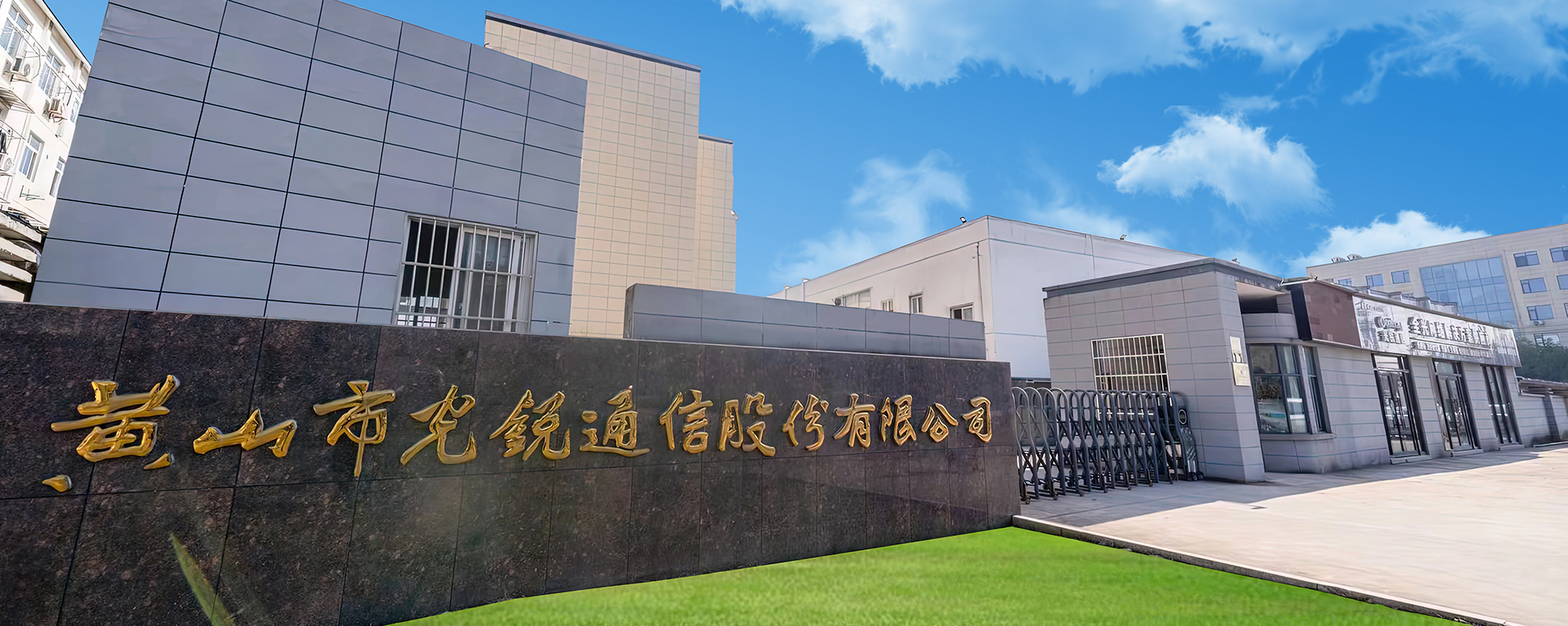25G SFP28 Optical Transceiver Industry knowledge
Does fiber type have an important impact on the transmission performance of 25G SFP28 Optical Transceivers Module?
The 25G SFP28 Optical Transceivers Module is a high-performance optical fiber module used for data transmission, and the fiber type does have an important impact on the transmission performance of this module. The main two fiber types are single-mode fiber and multi-mode fiber, which have different characteristics and limitations in the application of 25G SFP28 Optical Transceivers Modules.
Single-mode optical fiber is an optical fiber with a smaller core diameter. It can transmit distances up to tens of kilometers and has high transmission rate and bandwidth. Multimode optical fiber has a larger core diameter and is usually used for shorter distance data transmission, and its transmission rate and bandwidth are relatively low.
For 25G SFP28 Optical Transceivers Module manufacturers designing 25G SFP28 Optical Transceivers Modules, single-mode fiber and multi-mode fiber have different advantages and limitations respectively:
Transmission distance: Single-mode optical fiber can usually achieve longer transmission distances in 25G SFP28 Optical Transceivers Modules, which makes it very suitable for data transmission scenarios that need to span larger distances, such as connections between data centers or long-distance network transmission. Multimode fiber is more suitable for short-distance transmission, such as connections within data centers or LAN transmission.
Transmission rate and bandwidth: Due to its smaller core diameter and excellent transmission characteristics, single-mode fiber can support higher transmission rates and larger bandwidths, which makes it an ideal choice for processing large amounts of data or scenarios that require transmission rates. First choice. Although multimode optical fiber has relatively low transmission rate and bandwidth, it still has its advantages in some short-distance, low-demand applications.
Cost and Complexity: Due to the relatively high manufacturing process and technical requirements of single-mode fiber, it is generally more expensive than multi-mode fiber. At the same time, since single-mode fiber has higher requirements for light sources, receivers and other equipment, deployment and maintenance may be more complicated. Multimode fiber is relatively simpler and more economical.
There are obvious differences in the transmission performance of 25G SFP28 Optical Transceivers Modules between single-mode fiber and multi-mode fiber. Choosing the appropriate fiber type should be evaluated based on specific application scenarios and needs. For applications that require long distances, high transmission rates, and large bandwidths, single-mode fiber is a more suitable choice; while for short-distance, low-cost, and simple-to-deploy applications, multimode fiber may be more advantageous. 25G SFP28 Optical Transceivers Module manufacturers need to consider the characteristics of different fiber types when designing 25G SFP28 Optical Transceivers Modules to ensure compatibility and performance optimization.
Is the 25G SFP28 Optical Transceivers Module suitable for situations with limited space?
With the continuous advancement of science and technology, the demand for smaller and more efficient equipment in the information and communication field is increasing. In this context, SFP28 optical module manufacturers are of critical significance to the design and manufacturing of SFP28 optical modules. The SFP28 optical module is a small packaged optical transmission device with small size and low power consumption. It is suitable for situations with limited space, such as data centers, enterprise networks and communication infrastructure. The design features and advantages of the SFP28 optical module will be introduced in detail below.
The miniaturized packaging of the 25G SFP28 Optical Transceivers Module is one of the core features of its design. Compared with traditional optical modules, SFP28 optical module manufacturers adopt a more compact packaging design, making them smaller and lighter, so they can better adapt to space-limited environments. This miniaturized design can not only save equipment installation space, but also reduce the overall cost of the equipment and improve the flexibility and scalability of the equipment.
SFP28 optical module has lower power consumption. With the increasing awareness of energy conservation and environmental protection and the rising energy costs, low power consumption has become one of the important considerations in optical module design. 25G SFP28 Optical Transceivers Module manufacturers adopt advanced power management technology in design and achieve lower power consumption levels by optimizing circuit design and material selection. This not only helps reduce the energy consumption and operating costs of the equipment, but also reduces heat generation and improves the stability and reliability of the equipment.
SFP28 optical modules also offer a high degree of performance and reliability. Despite the compact package and low-power design, 25G SFP28 Optical Transceivers Module manufacturers have not compromised on performance. It can provide high-speed and stable optical transmission performance, support a variety of fiber types and transmission distances, and has good anti-interference capabilities and reliability. It can operate stably in various complex environmental conditions to meet the needs of different application scenarios.
As a miniaturized, low-power optical transmission device, the SFP28 optical module not only meets the needs of limited space, but also has good performance and reliability. With the continuous development of information and communication technology, it is believed that 25G SFP28 Optical Transceivers Modules will be more widely used and promoted in the future.



 English
English русский
русский



































